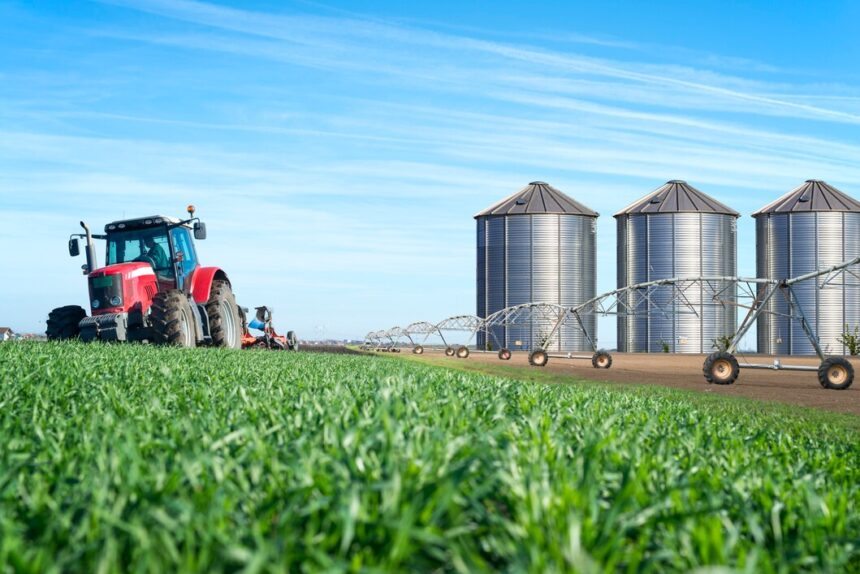Managing a large-scale farming operation can be both a rewarding and challenging endeavor. It requires careful planning, efficient resource management, and a commitment to sustainable practices. For South African farmers looking to optimize their operations, this article outlines essential strategies for effectively managing a large-scale farm.
1. Strategic Planning and Goal Setting
Develop a Comprehensive Business Plan:
- Mission Statement: Define the purpose and values of your farming operation.
- Goals: Set short-term and long-term objectives, such as increasing crop yields, expanding markets, or improving sustainability.
Market Research:
- Analyze local and international market trends to identify demand for specific crops or livestock. Understanding your market helps in making informed decisions about production.
2. Resource Management
Efficient Use of Inputs:
- Soil Management: Regularly test soil health and apply the necessary amendments. Implement crop rotation and cover cropping to enhance soil fertility and structure.
- Water Management: Invest in irrigation systems that optimize water use. Rainwater harvesting and drip irrigation can significantly reduce water consumption.
Financial Management:
- Keep accurate records of all expenses, income, and investments. Use accounting software tailored for agricultural businesses to monitor cash flow and profitability.
3. Technology Integration
Utilize Precision Agriculture:
- Implement technology such as GPS, drones, and soil sensors to monitor crop health and optimize input application. Precision agriculture can enhance productivity while reducing costs.
Farm Management Software:
- Use farm management software to track operations, manage inventory, and analyze data. This software can help streamline processes and improve decision-making.
4. Labor Management
Hiring and Training:
- Employ skilled workers and provide regular training to enhance their capabilities. A well-trained workforce is essential for maintaining productivity and efficiency.
Workforce Planning:
- Schedule labor effectively to align with peak farming activities, such as planting and harvesting. Utilize seasonal laborers to manage workload during busy periods.
5. Sustainable Practices
Implement Sustainable Farming Techniques:
- Adopt conservation practices such as reduced tillage, organic farming, and agroforestry to promote biodiversity and minimize environmental impact.
Integrated Pest Management (IPM):
- Utilize IPM strategies to manage pests and diseases while reducing reliance on chemical pesticides. This includes crop rotation, beneficial insects, and biological control methods.
6. Crop and Livestock Management
Diversification:
- Consider diversifying your crops and livestock to spread risk and improve resilience against market fluctuations and climate change.
Monitoring and Evaluation:
- Regularly monitor crop growth and livestock health. Use key performance indicators (KPIs) to assess productivity and make necessary adjustments to management practices.
7. Marketing and Distribution
Develop a Strong Marketing Strategy:
- Create a brand for your products and engage with consumers through social media, farmers’ markets, and local food networks. Highlight the quality and sustainability of your products.
Logistics Management:
- Plan transportation and distribution channels effectively to ensure timely delivery of products to markets. Establish relationships with local retailers and wholesalers.
8. Regulatory Compliance
Stay Informed on Regulations:
- Keep up to date with local agricultural regulations and compliance requirements. This includes land use policies, labor laws, and environmental regulations.
Record Keeping:
- Maintain accurate records of all farming activities, financial transactions, and compliance documents to ensure smooth operations and adherence to legal requirements.
9. Networking and Collaboration
Join Agricultural Associations:
- Become a member of local and national agricultural associations. These organizations can provide valuable resources, networking opportunities, and access to market information.
Collaborate with Other Farmers:
- Engage in partnerships or cooperatives with other farmers to share resources, knowledge, and access to markets. Collaboration can lead to cost savings and enhanced productivity.
Managing a large-scale farming operation in South Africa requires a multifaceted approach that combines strategic planning, efficient resource management, and a commitment to sustainability. By embracing technology, fostering a skilled workforce, and maintaining strong market connections, farmers can enhance productivity and profitability. Adopting best practices and continuously evaluating performance will position farmers for long-term success in an ever-evolving agricultural landscape.







